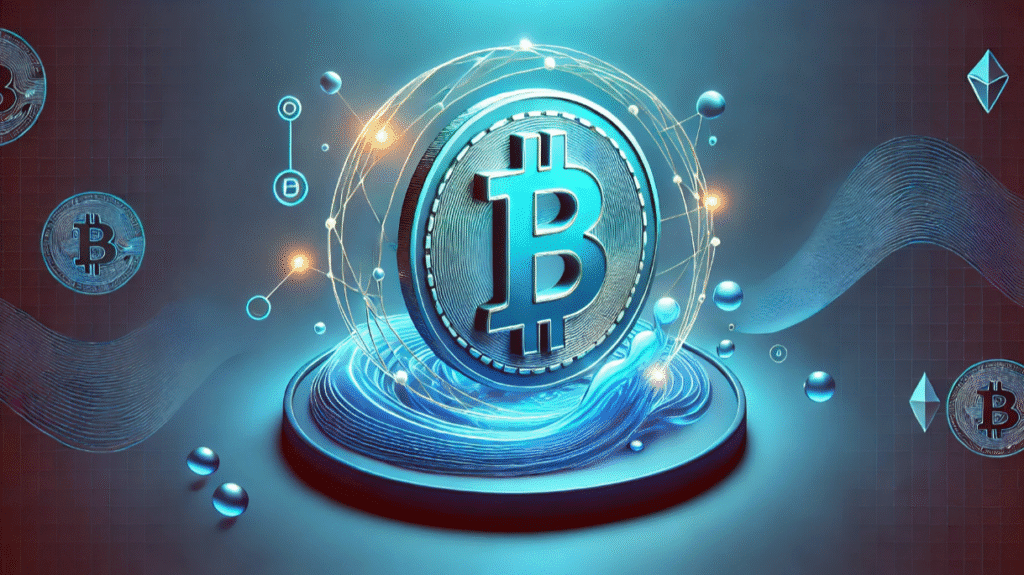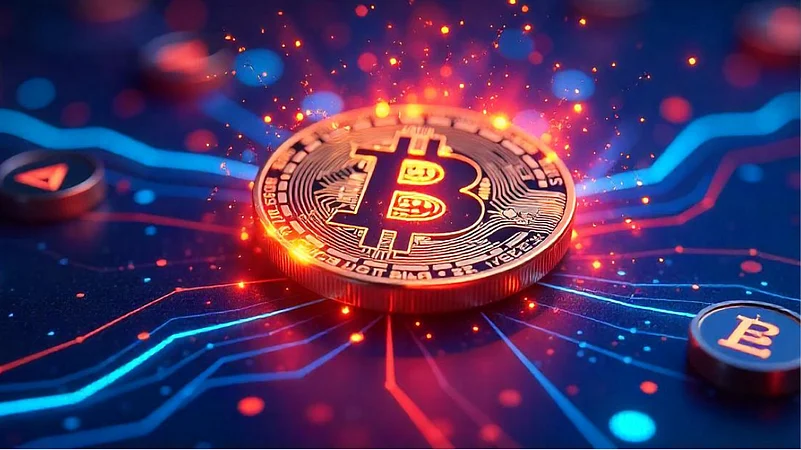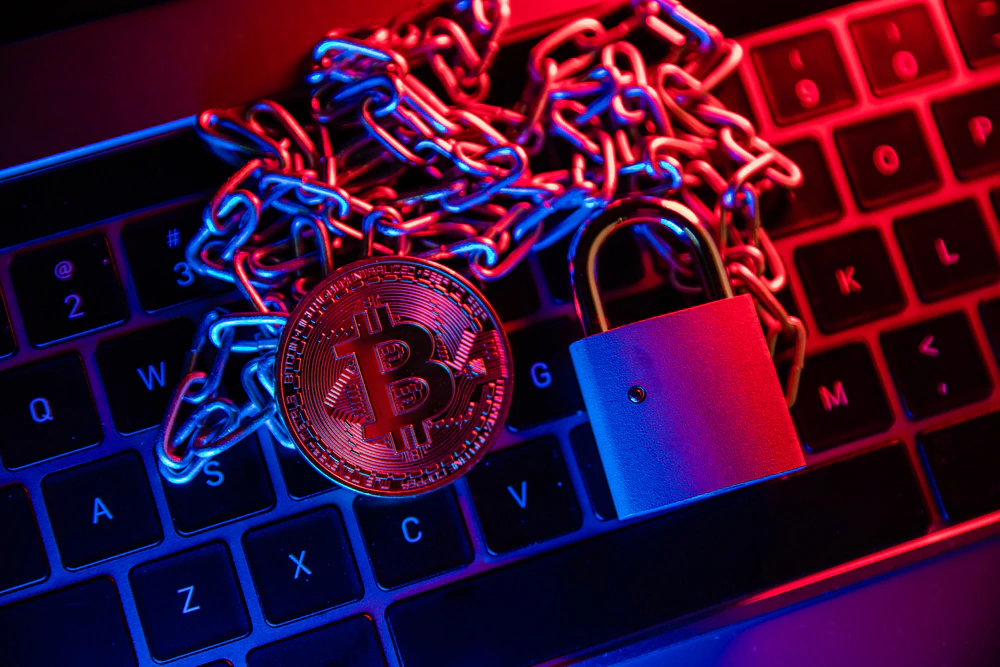Now Reading: Stablecoins and UPI: Could Digital Tokens Challenge India’s Trusted Payment System?
-
01
Stablecoins and UPI: Could Digital Tokens Challenge India’s Trusted Payment System?
Stablecoins and UPI: Could Digital Tokens Challenge India’s Trusted Payment System?

India has become a global leader in digital payments, with UPI transforming how people send and receive money. At the same time, stablecoins—cryptocurrencies backed by assets like the US dollar—are gaining attention worldwide for their promise of quick, borderless transactions. The big question is whether stablecoins could one day challenge UPI in India, or if they will remain on the sidelines of the country’s digital finance ecosystem.
UPI’s rise has been remarkable. From street vendors to small-town shopkeepers, digital QR codes are now everywhere, making payments fast, free, and highly convenient. Its success rests on government support, integration with banks, and ease of use even for people with limited technical knowledge. For Tier 2 and Tier 3 cities, UPI has become the default method of digital transactions.
Stablecoins, on the other hand, are designed to combine the innovation of blockchain with the stability of traditional money. Because they are pegged to assets like the US dollar, they avoid the sharp volatility seen in other cryptocurrencies. For international payments, they can be cheaper and quicker than traditional banking channels, which is why they are widely used abroad.
But in India, challenges stand in the way. UPI already offers instant payments with no extra charges, leaving little incentive for domestic users to switch. Stablecoins also face regulatory uncertainty, with the government cautious about foreign-linked tokens entering the local financial system. Without clear rules, banks and businesses hesitate to adopt them, keeping usage low in daily life.
Yet stablecoins do present certain advantages. For Indians sending money abroad or receiving international payments, stablecoins could become an alternative to expensive remittance services. They could also provide new opportunities for businesses dealing with cross-border trade. However, without strong oversight, they risk being misused for fraud or bypassing regulations, something authorities are keen to prevent.
In smaller cities, the impact of stablecoins may remain limited for now. Most people are comfortable with UPI and see no reason to explore alternatives. Unless stablecoins find a unique role that UPI cannot fill, they are unlikely to disrupt India’s digital payment success anytime soon.
India’s payments story is unique because it blends technology with accessibility. UPI has already set a global benchmark, and stablecoins will have to prove real value beyond speculation if they want to compete. For now, they may complement India’s financial system in niche areas like remittances, but UPI’s dominance looks secure in everyday life.

























